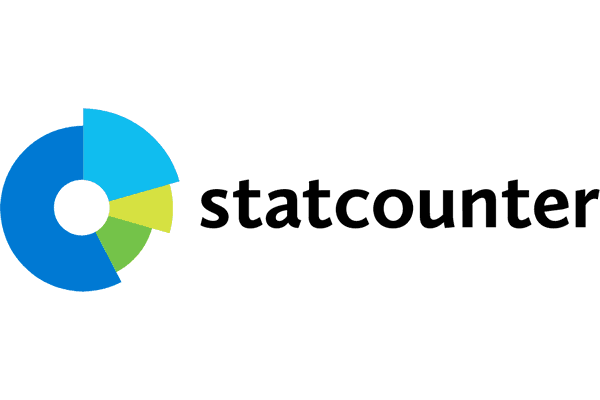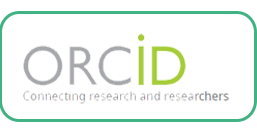The Use Of Code-Switching By Teacher In Classroom Interaction At MAN 2 Model Medan
Abstract
Keywords
Full Text:
PDFReferences
Anabelle Mooney, B. E. (2015). Language, Society and Power. New York: Routledge.
Baker, C. (2001). Foundation of Bilingual Education and Bilingualism. Sydney: Multilungual Matter Ltd.
Cahyani, H., Courcy, M. De & Barnett, J. (2016). International Journal of Bilingual Education and Teachers ’ code-switching in bilingual classrooms : exploring pedagogical and sociocultural functions. 0050(June). https://doi.org/10.1080/13670050.2016.1189509
Cantone. (2007). Code-Switching in Bilingual Children. Netherlands: Springer.
Cenos, J. (2013). Section A: Introduction to Multilingualism. Cambridge: Cambridge Press.
Cenoz, J. (1998). Beyond Bilingualism, Multilingualism and Multilingual Education. United Kingdom: Multilingual Matters Ltd.
Chalil, R. B. (2014). Analisis Data Kualitatif. Medan: USU Press.
Charlie Farrington, S. K. (2021). ources of variation in the speech of African Americans: Perspectives from sociophonetics. WIREs Cognitive Science.
Delahunty, G. P. (2010). The English Language From Sound to Sense. South Carolina: Parlor Press.
Ferguson, C. (1996). Sociolinguistcs Perspectives: papers on Language in Society. New York: Oxford University Press.
Fithriani, R., Islam, U., Sumatera, N. & Uin, U. (2021). Code- Switching As An Efl Instructional Strategy : An Insight To Indonesian Lecturers’ Practices. 5(1), 23–35. https://doi.org/10.30743/ll.v5i1.3622
France, P. U. De. (2014). Who Speaks What Language To Whom And When ? 1(1965), 67–88.
Fuller, R. W. (2015). An Introduction to Sociolinguistics. Chichester: Wiley Blackwell.
Given, L. M. (2008). The Sage Encyclopedia of Qualitative Research Methods. California: SAGE.
Gumperz, J. J. (1977). The Sociolinguistic Significance of Conversational Code-Switching. RELC Journal, 8(2), 1–34. https://doi.org/10.1177/003368827700800201
Gwee, S. & Saravanan, V. (2016). Use of code-switching in multilingual content subject and language classrooms. 0718(June). https://doi.org/10.1080/14790718.2016.1181634
Haidir. (2021). Metode Penelitian Pendidikan. Medan: UINSU.
Halsband, U. (2006). Bilingual and multilingual language processing. Journal of Physiology Paris, 99(4–6), 355–369. https://doi.org/10.1016/j.jphysparis.2006.03.016
John., C. (2009). Research Design: Qualitative, Quantitative, and Mixed Methods Approaches. California: SAGE Publication.
Miles, &. H. (1994). Qualitative Data Analysis. California: SAGE Publication.
Moore, D. (2010). International Journal of Bilingual Education and Bilingualism Code-switching and Learning in the Classroom. September 2014, 37–41. https://doi.org/10.1080/13670050208667762
Novianti, R. & Said, M. (2021). The Use of Code-Switching and Code-Mixing in English Teaching-Learning Process. Deiksis, 13(1), 82. https://doi.org/10.30998/deiksis.v13i1.8491
Raco, J. (2010). Metode Penelitian Kualitati. Jakarta: GRASINDO.
Rifa’i, A. M. (2021). Multilingual Dan Perkembangannya. Multilingual Dan Perkembangannya Dalam Perspektif Pendidikan, 14(1).
Robert., Y. (2011). Qualitative Research from Start to Finish. New York: The Guilford Press.
Romaine, S. (2000). Language in Society. United States: Oxford University Press.
Salzmann, S. A. (2012). Language, Culture and Society: An introduction to Linguistic Anthropology. United States: Westview Press.
Siyoto, S. &. (2015). Dasar Metodologi Penelitian. Yogyakarta: Literasi Media Publishing.
Stephen D, M. T. (2012). Qulitative Research: An Introduction to Methods and Design. San Fransisco: Jossey-Bass.
Sugiarti, E. A. (2020). Desain Penelitian Kualitatif Sastra. Malang: UMM Press.
Tej Bhatia, &. W. (2013). The Handbook of Bilingualism and Multilingualism. Unitd Kingdom: Blackwell Publishing.
Trudgill, P. (2000). Sociolinguistics: An introduction to language and society. Penguin Books, 243.
Ustunel, E. (2016). EFL Classroom Code-Switching. Turkey: Palgrave Macmillan.
Wardhaugh, R. (2006). An Introduction to Sociolinguistics. United Kingdom: Blackwell Publishing.
Woolford, E. (1983). Bilingual Code-Switching and Syntactic Theory. Linguistic Inquiry, 520-536.
Wright, S. B. (2015). The Handbook of Bilingual and Multilingual Education. United Kingdom: Wiley Blackwell.
Yusuf, M. (2014). Metode Penelitian: Kuantitatif, Kualitatif, dan Penelitian Gabungan. Jakarta: Kencana
Zainil, Y. (2021). Teachers ’ Perception of Their Code-Switching Practices in English as a Foreign Language Classes : The Results of Stimulated Recall Interview and Conversation Analysis. https://doi.org/10.1177/21582440211013802
DOI: http://dx.doi.org/10.30829/vis.v18i2.2242
Refbacks
- There are currently no refbacks.
Copyright (c) 2022 VISION
















